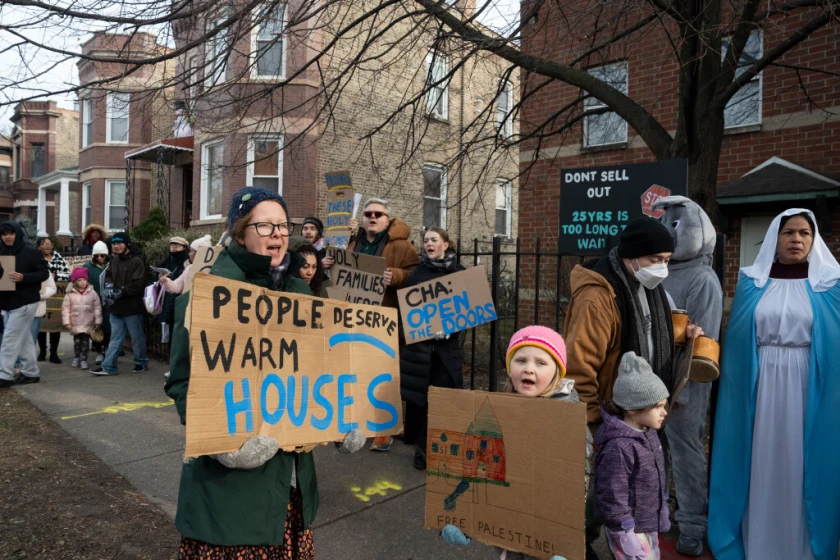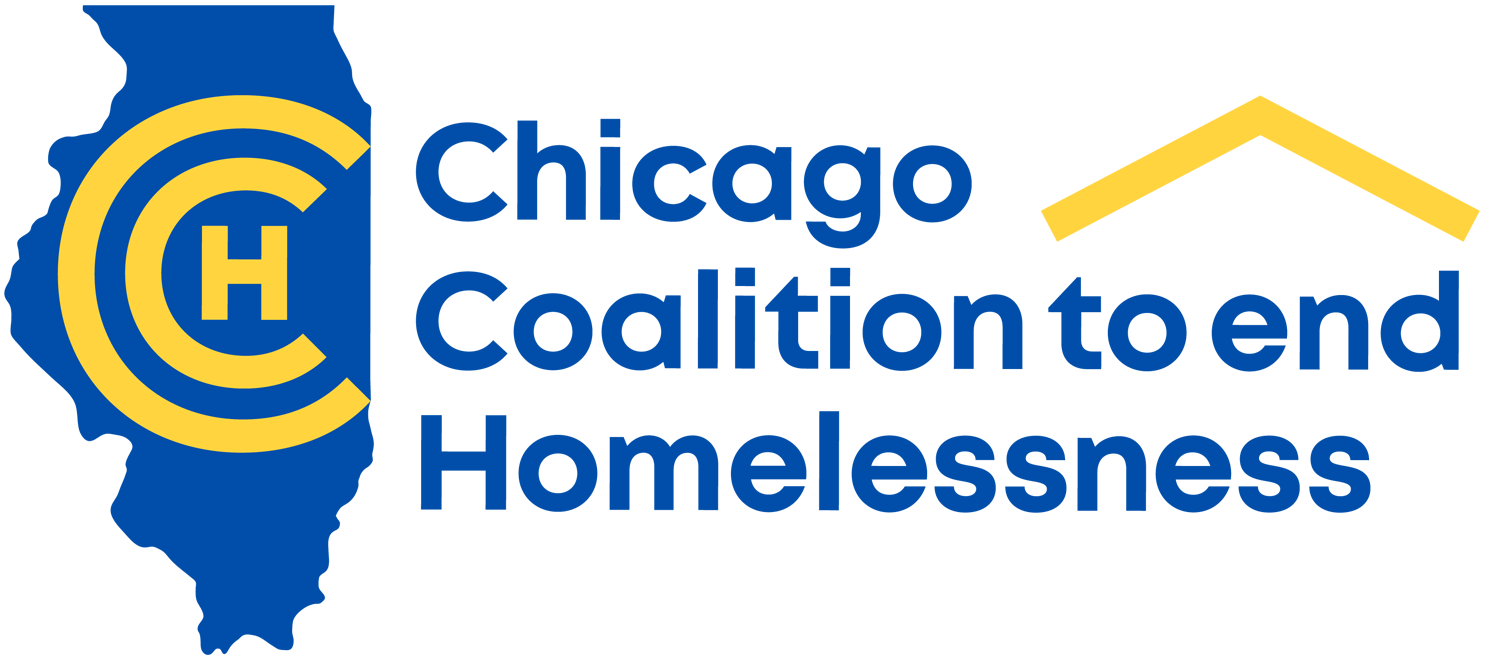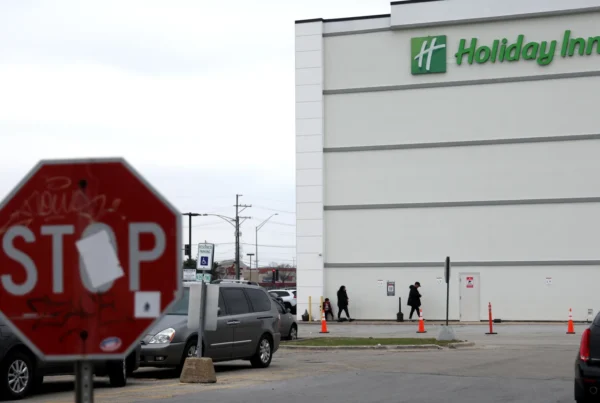Even as migrants find permanent housing, the city’s problem persists with its lack of adequate affordable options and resources to help, experts say.

Pat Nabong/Sun-Times
As the United States saw an 18.1% increase in homelessness last year, Chicago’s total more than tripled.
Nationally, the dramatic rise was driven mostly by a lack of affordable housing, natural disasters and a surge of migrants in several parts of the country, federal officials say in a new report.
Chicago estimated 18,836 people experienced homelessness last year compared with 6,139 in 2023, according to the city’s annual tally released last summer.
Homelessness mainly surged due to the number of migrants arriving in the city. But as migrants find permanent housing, experts say the city’s homeless population still faces a shortage of affordable housing and resources.
“The abatement of the migrant crisis doesn’t mean that things are better for those experiencing homelessness,” says Doug Schenkelberg, executive director at the Chicago Coalition to end Homelessness.
Extrapolating from 2022 data, the coalition estimated in December that 76,375 Chicagoans experienced homelessness throughout 2024, as opposed to the city’s lower total that is intended to tally homelessness on a single day. The coalition’s numbers excluded the 5,501 new arrivals seeking asylum and living in city shelters, but included residents couch surfing or doubling up in homes — in addition to using records of people accessing services and information from service providers and people living on the street.
Schenkelberg says the increase was not only due to lack of affordable housing, but also the challenge of earning a living wage income to afford housing.
I am text block. Click edit button to change this text. Lorem ipsum dolor sit amet, consectetur adipiscing elit. Ut elit tellus, luctus nec ullamcorper mattis, pulvinar dapibus leo.





